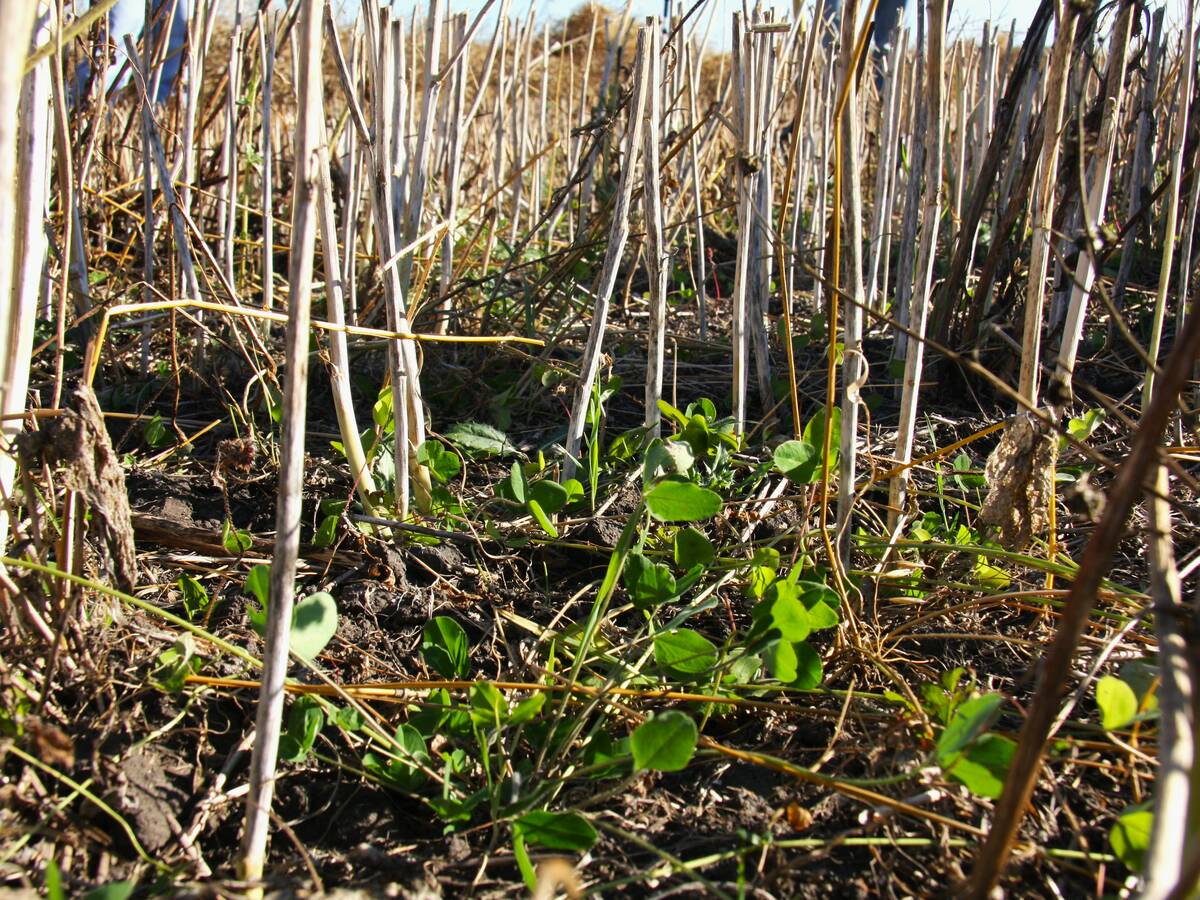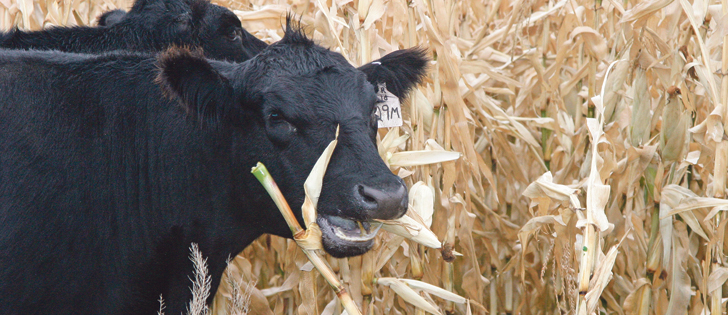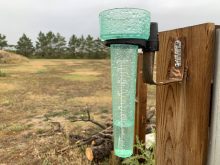Grazing cattle on corn stubble will cause severe compaction and lower yields, right? Wrong.
In fact, grazing may even increase yield, according to a 16-year University of Nebraska research project.
Logically, we assume that a 1,200 -lb cow concentrates a lot of pressure on small soil patches beneath the hooves. However, Humberto Blanco, a soil scientist in the university’s agronomy department, says cattle can’t do much to compact common soil if they’re grazed responsibly.
Research, published in the Soil Science Society of America Journal, hoped to determine how badly soil quality and crop yields would be affected by grazing cattle on corn stubble left in the field in fall and spring .
Read Also

Saskatchewan project sees intercrop, cover crop benefit
An Indigenous-led Living Lab has been researching regenerative techniques is encouraging producers to consider incorporating intercrops and cover crops with their rotations.
“Our hypothesis at the beginning was that we were probably going to see negative effects on soil properties due to grazing, but our data did not show that. We did not see many negative effects,” Blanco said.
“We were looking at soil ecosystem services. Ecosystem services are indicators of healthy soil. It includes compaction and soil structural properties, as well as microbial community structure. We match these properties with corn and soybean yields to gauge whether any changes in the soil properties affected crop outcomes.
“We did not see any negative effects of grazing residues on soil properties, except compaction. Compaction increased with grazing as expected, but it was not high enough to reduce yields.”
Blanco said this is good news, especially because they used a “worst-case scenario” in their springtime grazing with more cattle on the field than would ever be considered prudent.
The team put cattle in no-till corn fields after harvest in the fall and in spring before planting. They were able to measure only slight soil compaction, even with more cattle than what experts would recommend on wet spring soil. Fall and winter grazing, when the ground was frozen, did not compact soil.
Blanco thinks grazing corn residues may have a slightly positive impact on the soil microbial community because grazing leaves more residues on the ground compared to clearing the field with machinery. Plus, microbe-rich manure adds nutrients to the soil.
There is a drawback. Although there was very little compaction in the grazed fields as a whole, compaction was more significant in the small areas near water tanks.
“If a producer is following proper recommendations and doesn’t put animals on the field when the soil is wet, negative impacts are unlikely to occur.”
The study specifically considered irrigated fields under a no-till corn-soybean rotation. The fields had silt-loam soil, which is typical in the U.S. Midwest. The length of the study makes it the first long-term experiment of its kind to measure the effects of cattle grazing residues on various aspects of soil health.
















